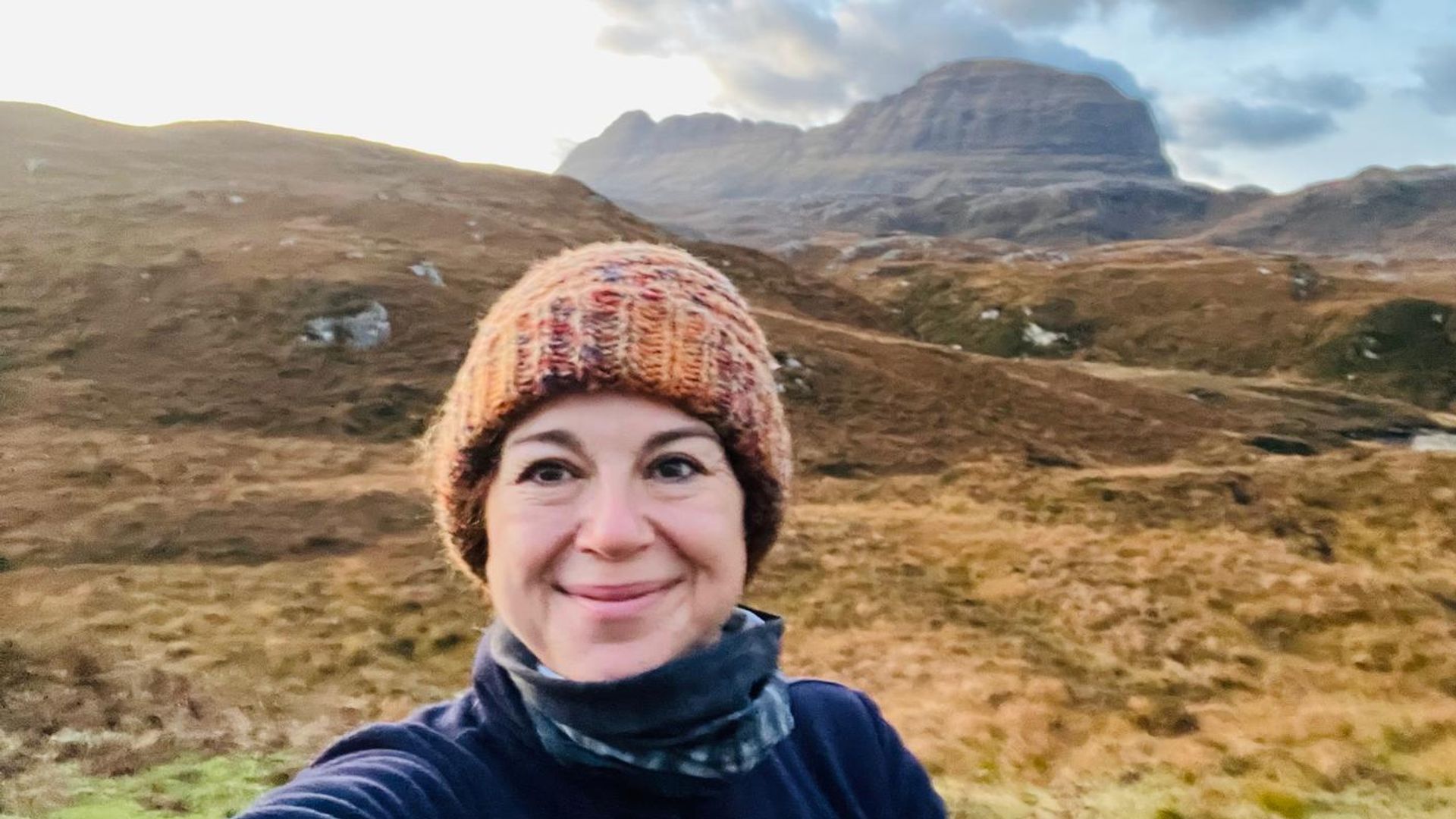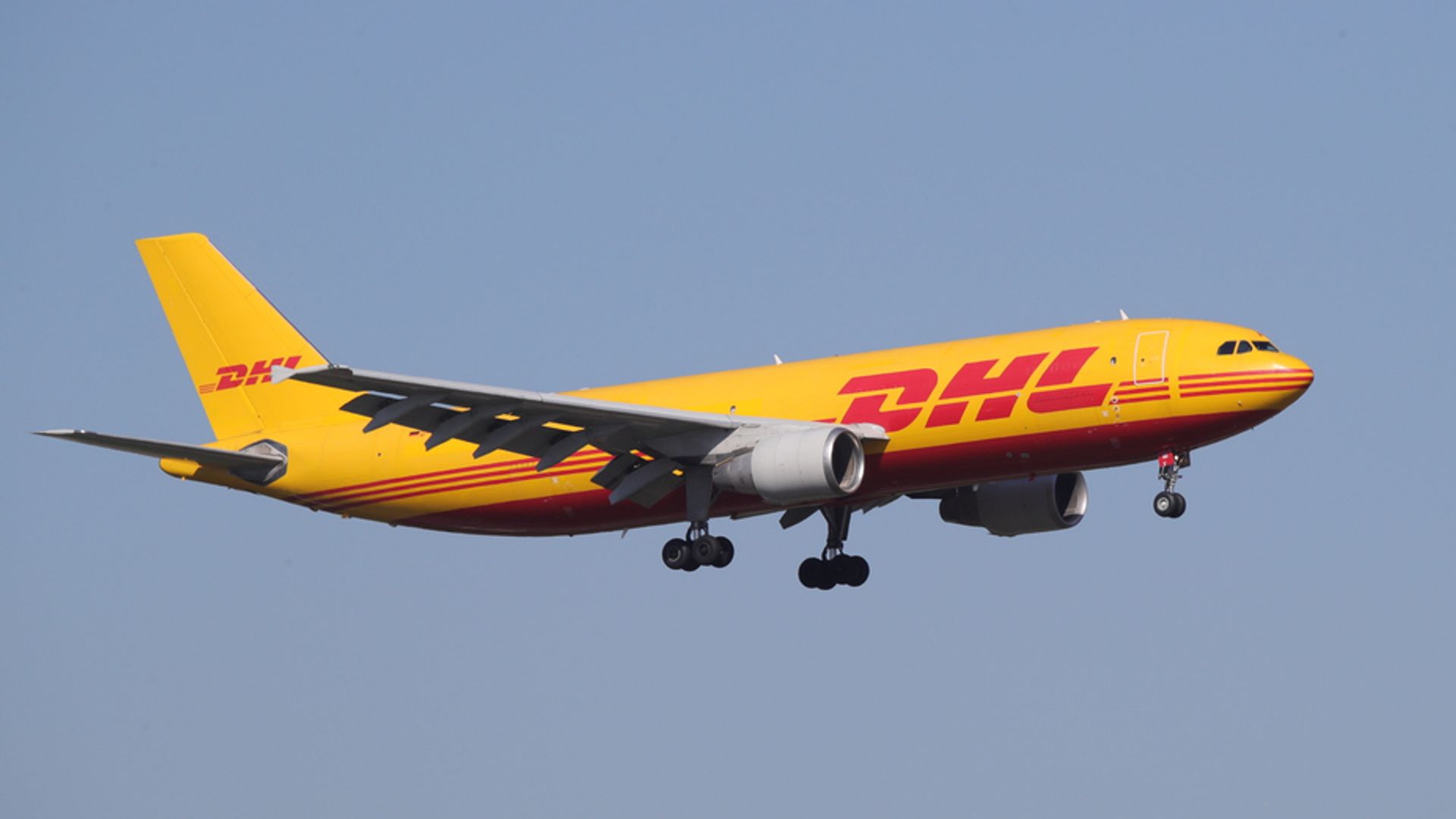The quest to build the perfect humanoid robot is heating up, as Figure — a startup currently operating in stealth — is developing a multi-purpose bipedal ‘bot it plans to pilot in 2024. Speaking under the condition of anonymity, a source close to to the company recently confirmed the startup’s operations, funding, high-profile hires and pieces of its overall roadmap.
TechCrunch has also seen a pitch deck that sheds further details on the Figure’s plans, including a glimpse at renders of the robot its working to develop. Presently the Bay Area startup’s efforts most closely align with those detailed by Elon Musk with Tesla’s forthcoming Optimus ’bot. It’s effectively a kind of holy grail among roboticists, a humanoid robot that could fill in a lot of daily tasks, from manual labor to eldercare. It’s also been a nearly impossible target.
As a species, we tend to gravitate toward things that look like us. Bipedal robots are far easier to project ourselves into — it’s a big part of the reason they dominate so much science fiction. Historically, however, most robotics have determined that purpose-built robots are the path of least resistance. The best form factor for a specific job is the rule of thumb, and more often than not, that doesn’t involve recreating the human form in its entirety. That — among other factors ($$$) — is why a hockey pucked-shaped vacuum is the most popular consumer robot to date.
So, why are so many people trying to build the perfect humanoid robot in 2022? Boston Dynamics has showcased Atlas’s parkour moves for several years now. Xiaomi paraded a bipedal robot called CyberOne onstage at a recent event, following in the footsteps of companies like Toyota. Perhaps most notable of recent vintage is Tesla’s Optimus — which, after a Spandex-suited fake out, is set to appear in public later this month.
When I spoke with the team behind NASA’s humanoid robot a few years back, they suggested a simple premise. We’ve constructed our buildings and cities for humans, so it tracks that something that looks and moves like us would be best equipped to navigate it.
That’s the philosophy driving Figure, the brainchild of Brett Adcock, founder of hiring marketplace Vettery and, most recently, Archer. The former was acquired by Swiss staffing firm The Adecco Group, to the tune of $100 million, in 2018. The latter is building an eVTOL. United Airlines recently dropped a $10 million deposit to purchase 100 flying taxis.
But Figure is hoping to succeed where countless extremely well-funded and smart people have fallen short. In addition to filling the CEO role, Adcock is also bootstrapping the Bay Area-based firm with $100 million in funding to get things off the ground.
That money has gone, in part, to hiring some key names, including research scientist Jerry Pratt as CTO, former Boston Dynamics/Apple/Arrival engineer Michael Rose and Google/Boston Dynamics roboticist Gabe Nelson as chief scientist. Additional hires from Apple, Tesla, Google X and the Toyota Research Institute fill out a staff of around 30 (with more hires on the way).
TechCrunch has viewed renders of an early version of the robot. The system appears more in line with the robot Telsa is developing, rather than Boston Dynamics’ hulking Atlas. The smaller, slimmer frame (human-sized, but on the shorter side) would be electric, rather than the hydraulics that power other robotics systems. It’s an ambitious project, and one that will likely take multiple years to get off the ground from a firm that was only founded earlier this year. Certainly, Figure has one of the most formidable staffing lineups I’ve seen from a young robotics startup, as well as the funding to get things started.
Given the scope of the product, however, the company additional seed funding. Figure is looking to take as much of a full-stack approach as possible toward developing hardware and software in-house. It’s work that likely will arrive along with a flurry of patent applications over the next few years.
Certain aspects of the work, including battery and SLAM navigation, are transferable from the autonomous vehicle category, hence the hiring from Lucid and Tesla’s non-robotic division. The firm is also expected to grow its AI team substantially.
Figure will be aiming for the reveal of a prototype in 2023 (I’d anticipate that means coming out of stealth late this year or early next), with piloting beginning in limited quantities the following year. Those applications will revolve around warehouse work, retail and the like. While it seems likely that early iterations of the product might run upwards of $100,000, scaling the product could bring it down to around one-third of that. That’s still a steep figure (particularly for non-industrial use) — as such, it appears like that the company will adopt a robotics-as-a-service (RaaS) leasing model to make the system more accessible over the robot’s potential decade-long life.
The company recently registered Figure.ai, which currently features the bespectacled disembodied head of a cat floating through space, while shooting lasers out of its eyes. Not a lot to go on there.
Figure has not offered comment about the robot or cat. We’ll be sure to continue updating the story as we learn more.
Archer’s co-founder is bootstrapping an all-purpose humanoid robot by Brian Heater originally published on TechCrunch








